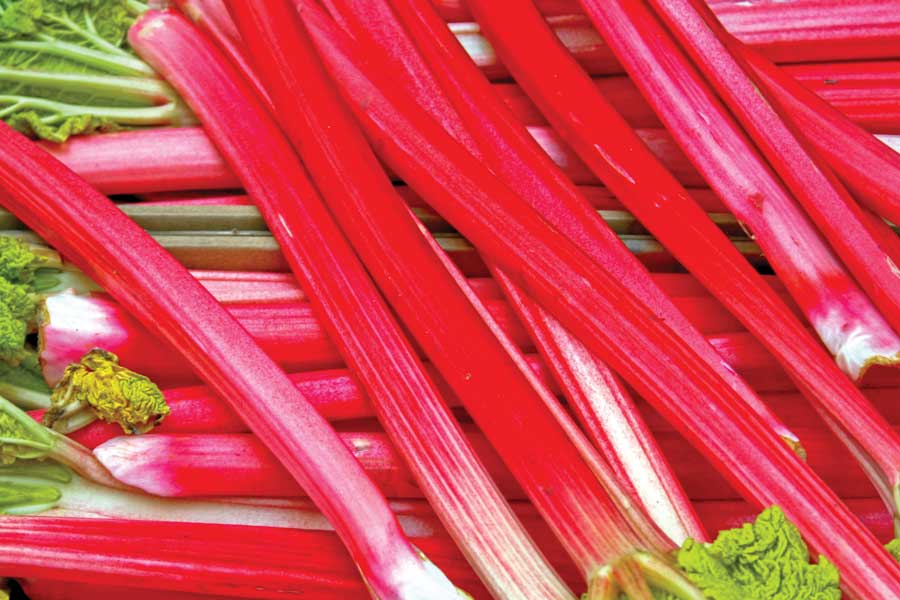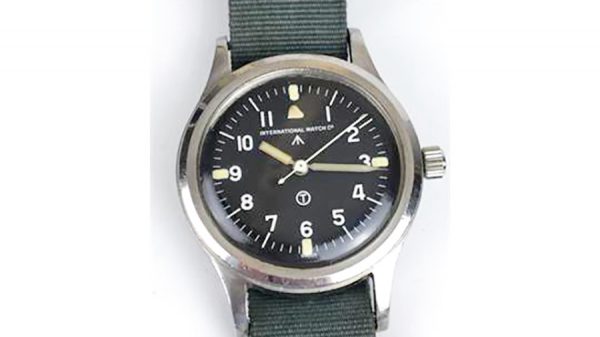Gazing out across the fields of sheep as they graze with a casual air, searching out the sweetest shoots of an autumn meadow, the mist hides the rolling North Yorkshire Moors, whilst trees gently sway, hawthorn heavy with berries await the arrival of foraging birds and mammals. Take a moment to dream a little, calm, thoughtful, relaxing moments help prepare for the day ahead, as without doubt your time will be in demand shortly.
I’m a gardener, not a poet or philosopher but there is something about being outdoors amongst plants and nature that helps me tackle the daily tasks in our garden. As you would expect I have a considerable library of gardening books all packed with advice and lists of tasks for this time of year and to take notice of them all would send my head in a spin. I often refer to snippets of information amongst their pages but the real challenge is converting them into action. Trial and error seems to go hand in hand with the task of gardening but the joy when things go well is definitely worth the effort.

I love rhubarb, either forced or seasonally picked from the garden, a versatile and easy plant to grow, it used to be present in every garden tucked away in a corner, near to the compost heap but its ungainly stalks and umbrella like leaves were seen as a little unsightly and not easy to place in a garden. Rhubarb dies down in winter remaining as a cluster of resting buds just below the surface. Over time it develops into a large spreading rootstock, the centre eventually dying out. A gross feeder it also very quickly absorbs the food reserves in the soil becoming weak and spindly.
I lift and divide my rhubarb every four or five years. Using a garden fork I loosen the soil about five or six inches (12.5 – 15 cm) from the edge of the crown, pulling back on the fork and gently easing the rooty crown out of the ground. Once out I use a spade to chop the crown into sections about six inches round (15cm) with two or three buds on the top and a good root system. The sections around the outside of the crown are best and normally the healthiest, these will grow away better than the exhausted centre part which can be put on the compost heap. If you have some spare sections then you might want to pot them up or give them to a neighbour. Rhubarb prefers a sunny position in rich well drained soil. Avoid pulling for the first year after planting and only pull a little in the second to allow the plant to establish well.
Winter berried trees and shrubs are a great addition to any garden providing colour interest and food for birds, hedgehogs and other small mammals. Many can be grown as hedges and if allowed to flower will produce berries, although if you like a tightly clipped hedge this will reduce the number of berries that form. Some of my favourites are guilder rose (Viburnum opulus), holly (Ilex) and cotoneaster (Cotoneaster).
The guilder rose (Viburnum opulus) grows up to 8 feet (2.5m) with a spreading habit bearing clusters of white flowers in summer, similar to a hydrangea but smaller. Unlike hydrangea their flowers are followed by berries either red or yellow which are at their best in late autumn, when the maple like leaves fall leaving a twiggy shrub covered in berries.
Holly (Ilex) are fairly tolerant of most soils, they are evergreen, and have prickly shiny dark green leaves, the flowers are not very showy but the berries which last well into winter are a mostly bright red. Male and female flowers appear on separate plants so it is important to know which you are buying as it is only the female that have berries. Choose a variegated leaved form for more interest and character.
Cotoneaster are a popular garden shrub, many with long arching branches and creamy flowers in summer, followed by bright red or yellow fruit, through autumn and early winter. Some cultivars can develop into quite a large plant so for a small space choose Cotoneaster horizontalis or C. ‘Little Gem’.
If you have limited space in your garden but still want to encourage birds, as well as a bird table for feeding you might like to put up a bird nesting box. Although they all look similar some will be more suited to certain species. The size of the opening hole will determine which species will use the box. Larger hole (45mm) for starlings and smaller (25mm) for blue, coal and marsh tits. For sparrows, tits and starlings, nesting boxes should be positioned between two and four metres high and face North or West, this avoids direct sun at the hottest part of the day. It’s worth checking out the species that visit your garden and looking on the RSPB (Royal Society for the Protection of Birds), or BTO (British Trust for Ornithology) website for detailed advice and guidance if you would like to make your own bird nest box.
Happy Gardening,
Martin
Next month, check on climbing plants and vines, planting fruit bushes and cutting back perennials.







